Preparing pan dulce dough is an art form that requires precision and patience to achieve the perfect texture and flavor. For many, the process begins with mastering the rise of the dough, ensuring it doubles in size without failing to maintain its elasticity. Whether you’re a seasoned baker or new to the craft, understanding the secrets behind achieving a fluffy concha or a golden pan dulce is essential. This guide delves into the intricacies of preparing pan dulce dough, exploring tips for achieving the ideal rise, troubleshooting common issues, and discovering ways to keep your baked goods fresh longer. From traditional recipes to modern twists, we’ll uncover the keys to creating pan dulce that rivals those found in the best Mexican bakeries. Join us as we dive into the world of pan dulce mastery, where every step matters and every bite is worth the effort.
Key Takeaways
– Freshness Duration: Baked Pan Dulce stays fresh for up to 3 days when stored properly at room temperature.
– Storage Tips: Keep in an airtight container or wrap in plastic wrap to maintain moisture and prevent drying.
– Freezing Option: Freeze for up to 3 months; always thaw completely before serving for optimal texture and flavor.
– Refrigeration Note: While refrigeration extends freshness slightly, allow Pan Dulce to return to room temperature for the best eating experience.
- Cultural Significance: Rooted in Mexican history since the 16th century, Pan Dulce is a staple in households, served with coffee or as a post-meal dessert, symbolizing family bonds and traditions.
- Variety and Flavors: Available in forms like conchas, empanadas, and bocadillos, catering to diverse tastes with unique textures and flavors.
- Nutritional Value: A carbohydrate-rich, energy-packed snack perfect for busy lifestyles and convenient meal options.
- Economic Impact: Supports local agriculture and contributes to the economy through baking and distribution industries.
- Emotional Connection: Evokes nostalgia and comfort, tied to cherished family baking memories and cultural identity.
- Dulce de Leche Shelf Life: Lasts up to three months at room temperature in its original tin, ideally between 60°F and 70°F.
- After Opening: Transfer to a sealed container and refrigerate for up to two weeks; texture may change but remains safe to consume.
- Frozen Storage: Extend shelf life by freezing in an airtight container for several months; watch for ice crystals.
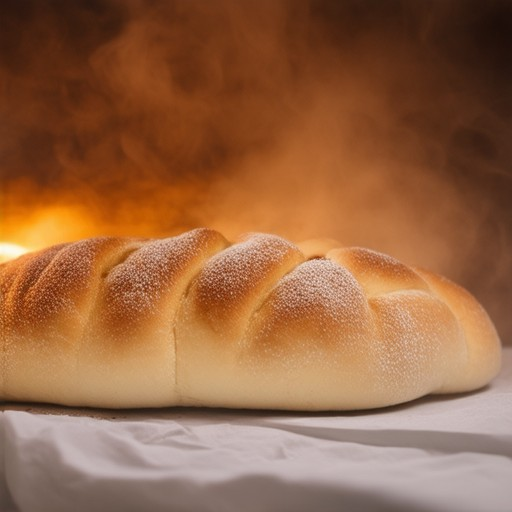
How Long to Let Concha Dough Rise?
To achieve the perfect rise for your concha dough, follow these guidelines:
Ingredients and Preparation:
- Flour: Use bread flour for a chewier texture and better rise. All-purpose flour can be substituted but may result in a denser texture.
- Milk: Warm milk (room temperature or slightly warmed) is ideal for activating the yeast and promoting fermentation.
- Temperature: Ideal rising temperature is between 75°F (24°C) and 80°F (27°C). If your kitchen is cooler, consider warming the room or using a proofing setting in your oven.
Rising Process:
- Initial Mixing: Combine all ingredients except the butter in a large bowl. Mix until fully incorporated.
- First Rise: Cover the dough loosely with plastic wrap or a clean kitchen towel. Place in a warm location (ideally 75°F/24°C) for about 1 hour. The dough should nearly double in size.
- Shaping: Gently punch down the dough to release any air bubbles. Shape into desired concha shapes.
- Second Rise: Place the shaped dough on a lightly floured surface, cover, and let rise again until almost doubled, about 1.5-2 hours. Check the readiness by gently poking the dough; it should slowly spring back.
Troubleshooting Tips:
- Over-risen Dough: If the dough rises too quickly, it may become dense. Punch it down every 30 minutes during the initial rise to prevent this.
- Cool Room Temperature: In cooler environments, place the dough near a warm appliance or use a proofing setting in your oven with the light on.
Additional Tips:
- Ensure the dough is not too sticky before shaping. Adjust with additional flour if needed.
- Use a damp towel under the dough to maintain moisture during rising.
For the best results, refer to our concha recipe for precise measurements and instructions. Happy baking!
How to Keep Pan Dulce from Going Stale
Keeping pan dulce fresh requires proper storage to prevent it from becoming hard or stale. Here are some effective methods:
- Store in an Airtight Container: Place pan dulce in an airtight container or wrap it tightly in plastic wrap. This helps retain moisture and prevents it from drying out.
- Wrap Tightly: Use plastic wrap or place it in a plastic bag, making sure it’s snug to trap air and keep it soft.
- Remove Excess Air: Before sealing, squeeze the bag gently to remove any excess air, creating a vacuum effect that preserves freshness.
- Keep Cool and Dry: Store in a cool, dark place away from direct sunlight and high humidity, as heat and moisture can cause it to go stale faster.
- Freeze for Longer Storage: If you won’t use it soon, freeze it in an airtight container or wrapped in plastic wrap for up to 2-3 weeks. Thaw at room temperature when ready to eat.
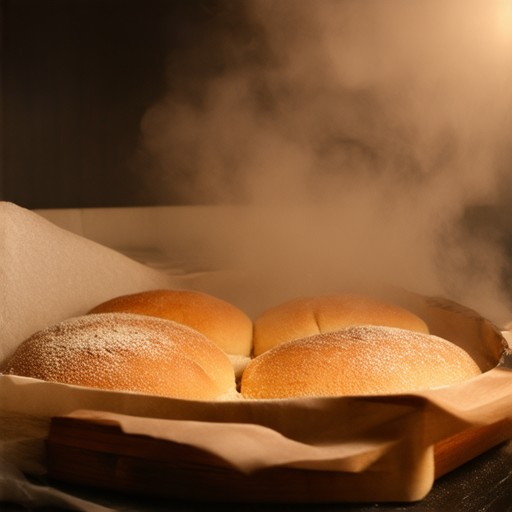
What is the difference between pan dulce and conchas?
Both pan dulce and conchas are traditional Mexican sweet breads, but they have distinct characteristics and uses. Here’s a breakdown of their differences:
- Shape and Texture: – Pan Dulce: Shaped like a small loaf, pan dulce has a soft, slightly sweet texture and a golden brown crust. It is often enriched with eggs, vanilla, or fruit for added sweetness. – Conchas: Conchas are shaped like a ring or shell and have a chewy, sticky texture due to the dough being rolled thin before shaping. They have a denser consistency and a nutty flavor from sesame seeds incorporated into the dough.
- Taste: – Pan dulce is sweeter and lighter in flavor, making it perfect for dessert or paired with coffee. – Conchas have a richer, slightly savory taste with notes of sesame and wheat, making them ideal for both sweet and savory dishes.
- Culinary Uses: – Pan dulce is commonly enjoyed on its own, often dusted with sugar or eaten with coffee or hot chocolate. – Conchas are versatile and can be used in various dishes like enfrijoles (a type of Mexican soup) or as a snack straight out of the bag.
- Popularity and Availability: – Pan dulce is widely available across Mexico and in many Latin American neighborhoods worldwide. – Conchas are less commonly found outside of Mexico but are gaining popularity in other regions due to their unique flavor and texture.
Both pan dulce and conchas are beloved treats in Mexican cuisine, offering something unique for every palate. Whether you prefer the classic sweet bread or the chewy, sesame-infused rings, they are sure to delight!
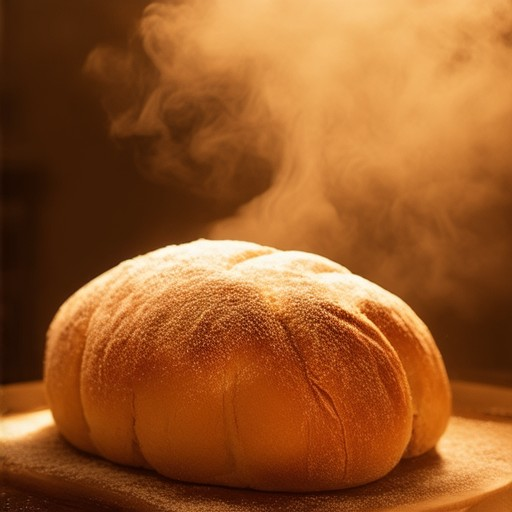
How Long Does Pan Dulce Stay Fresh?
Our baked Pan Dulce stays fresh for up to 3 days when stored properly in an airtight container. To maximize freshness, we recommend keeping them at room temperature, as Pan Dulce thrives in warmer conditions.
- Storage Tips: Keep your baked Pan Dulce in a sealed container or wrap them in plastic wrap to retain moisture and prevent drying out.
- Freezing Option: For longer storage, freeze your Pan Dulce after baking. They can last up to 3 months when stored in an airtight container in the freezer. Always thaw completely before serving to maintain optimal texture and flavor.
- Refrigeration Note: While Pan Dulce is traditionally enjoyed at room temperature, refrigerating them can slightly extend freshness, though we recommend allowing them to come to room temperature before serving for the best experience.
Why Do Mexicans Eat Pan Dulce?
Mexicans eat pan dulce due to a rich history and cultural traditions that blend indigenous ingredients with Spanish influences. Here’s a breakdown of the key reasons:
- Historical Roots : Introduced by Spanish settlers, pan dulce traces its origins to the 16th century when wheat was brought to Mexico. This marked the beginning of its evolution into the sweet bread we know today.
- Cultural Tradition : Pan dulce has become a staple in Mexican households, often served with coffee or as a dessert after meals. Its presence at family gatherings and celebrations underscores its role in social bonding.
- Variety and Flavor : Available in diverse forms like conchas (sweet rolls), empanadas, and bocadillos, pan dulce caters to different tastes and occasions. Each variant offers unique textures and flavors, satisfying both sweet and savory cravings.
- Nutritional Value : As a carbohydrate-rich food, pan dulce serves as an energy source, ideal for busy lifestyles. Its convenience makes it a popular choice for snacks and quick meals.
- Economic Impact : With wheat being a major crop in Mexico, pan dulce supports local agriculture and contributes to the economy through baking and distribution industries.
- Identity and Comfort : Beyond food, pan dulce is emblematic of Mexican culture, evoking nostalgia and comfort. Many Mexicans cherish memories of family baking sessions, tying it to cherished traditions.
This combination of history, taste, and cultural significance makes pan dulce a beloved part of Mexican life.
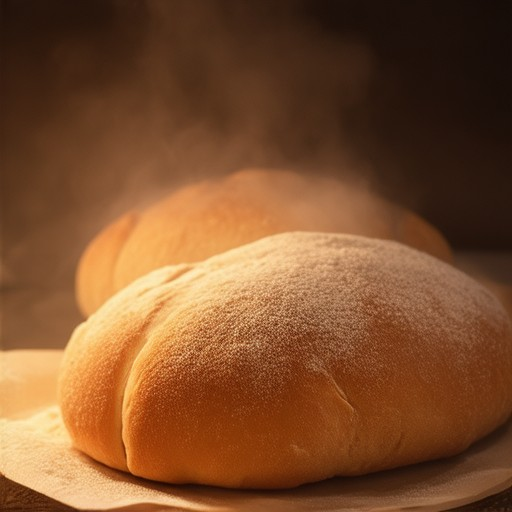
How Long Can You Store Homemade Dulce de Leche?
Dulce de leche can be stored at room temperature for one to three months when unopened and kept in its original tin. Maintaining a temperature between 60°F to 70°F helps preserve its freshness.
- Unopened at Room Temperature: Up to three months in its original tin at 60°F to 70°F.
- After Opening: Transfer to a sealed container and refrigerate for up to two weeks. The texture may change, but it remains safe to consume.
- Frozen: Store in an airtight container and freeze for several months. Freezing extends its shelf life significantly, though it may develop ice crystals over time.
Always check for signs of spoilage, such as a sour smell, off-flavors, or mold, before consuming. Proper storage ensures you get the most out of your homemade dulce de leche!

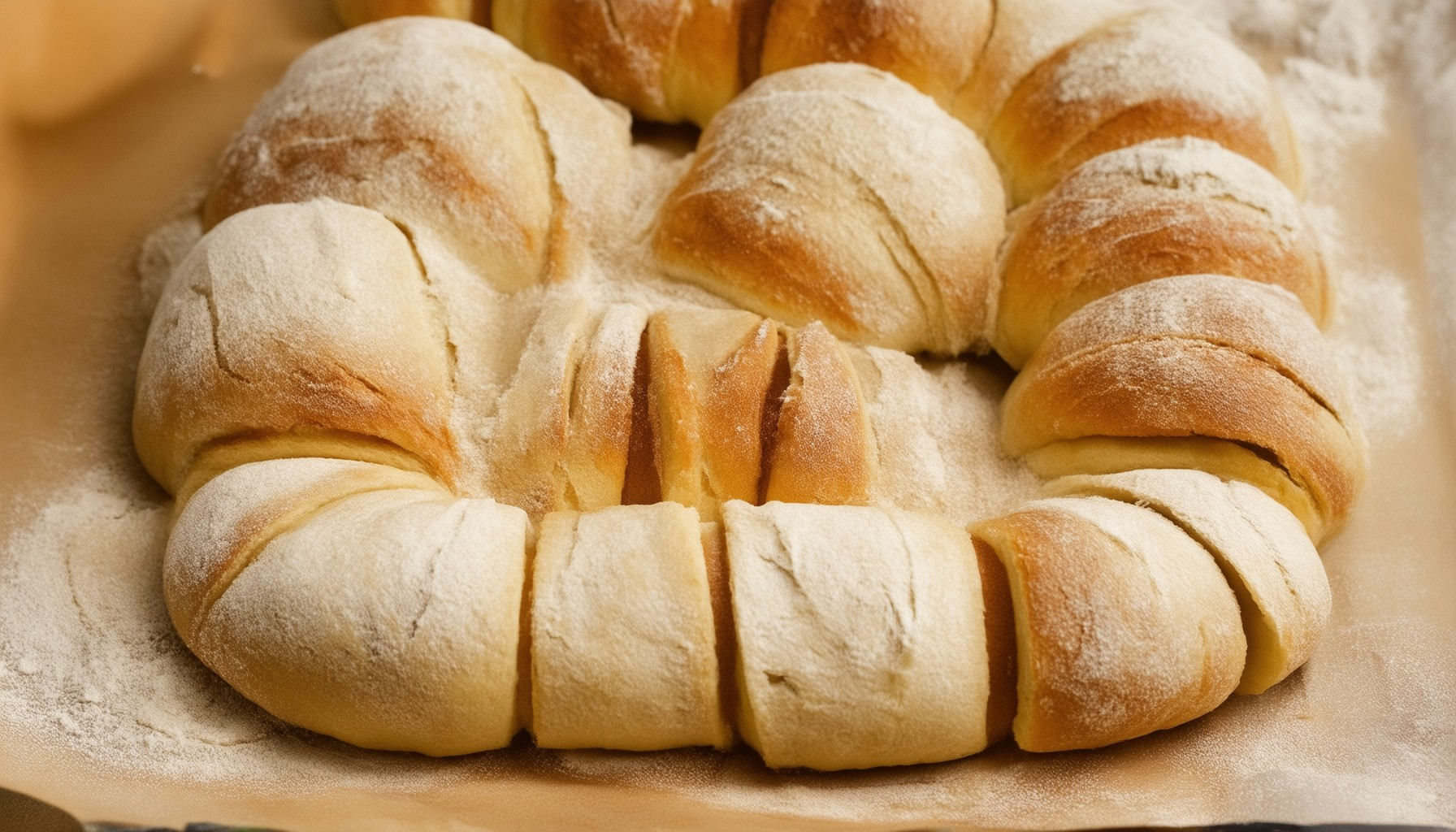
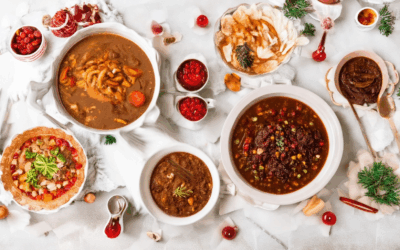
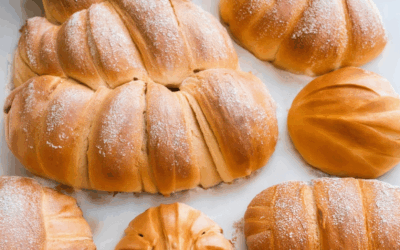
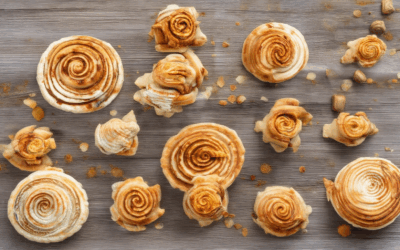
0 Comments